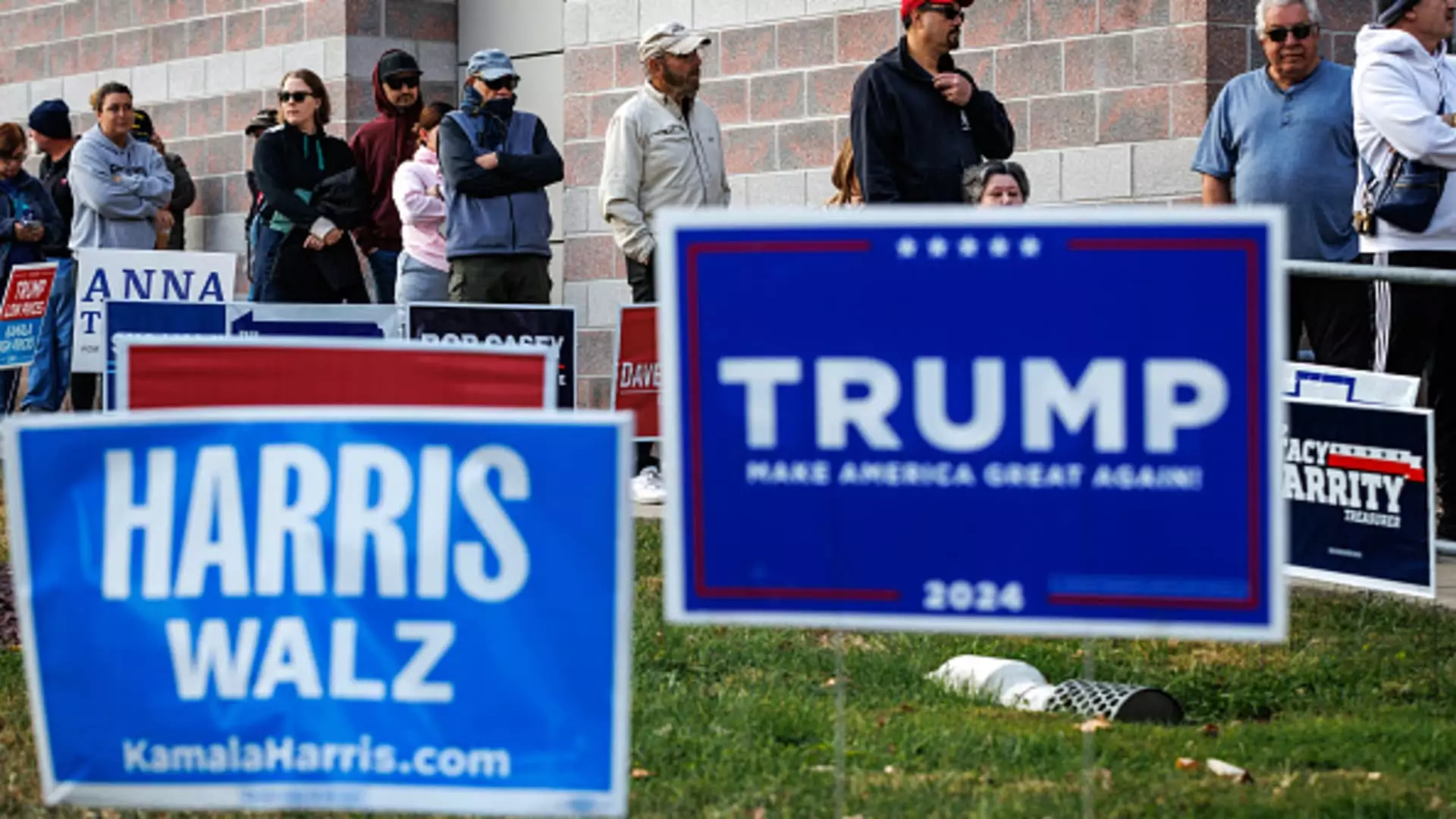Demographics in the political landscape are constantly shifting, and the attitudes of various age groups play a crucial role in shaping electoral outcomes. A recent post-election poll, commissioned by AARP, has provided significant insights into the economic concerns and voting patterns of voters aged 50 and above. This article aims to delve deeper into these findings and explore their implications for future elections.
When posed with the question, “Are you better off today than you were four years ago?” a substantial proportion of older voters responded negatively. According to the AARP’s survey, nearly half (47%) reported feeling worse off, reflecting a profound sense of economic discontent among this demographic. Swing voters, a critical voting bloc, revealed even higher dissatisfaction, with 55% expressing similar concerns. This data highlights a pervasive anxiety regarding economic stability amongst older citizens, a sentiment that is likely to influence their voting decisions in future elections.
The importance of older voters in the electoral process is underscored by their weight in various congressional districts. Donald Trump’s narrow victory among this age group—winning by a margin of just two percentage points—illustrates the balance of power that older voters can wield, especially in competitive districts. Furthermore, the breakdown of support within subgroups reveals that Trump fared even better among those aged 50 to 64, winning by seven points, while Vice President Kamala Harris managed to carry the 65 and over demographic by a narrow margin.
The underlying reasons for the economic unease felt by older voters are multifaceted and interconnected. A previous AARP survey indicated that 62% of older voters reported worrying about their personal financial situations, a sentiment echoed consistently across various polls. The pressing issue of inflation has notably contributed to this anxiety, nullifying any illusions of stability that some may have held prior to the elections.
When older voters were asked about their specific financial concerns, food emerged as the foremost issue, with 39% citing it as their top worry. This was closely followed by health care and prescription drug costs (20%), housing affordability (14%), gasoline prices (10%), and electricity (6%). The clear prioritization of these issues reflects the daily realities faced by this demographic, emphasizing that economic factors have a significant impact on their voting behavior. In fact, 55% of older voters stated that personal economic issues—such as inflation, the economy, job security, and Social Security—were fundamental to their polling decisions.
The political landscape surrounding older voters is dynamic, with Republicans gaining ground on many personal economic issues. However, despite their overall preference for Republican candidates, there remains a slight favorability towards Democrats concerning Social Security, with a two-point margin. This finding could signal a critical battleground for both parties as they prepare for upcoming elections. The importance of Social Security cannot be overstated, as it serves as the primary income source for many older Americans.
Polling data suggests that the ongoing conversation around the future of Social Security is becoming increasingly urgent. The projected depletion of the Social Security trust fund by 2033 poses a significant concern for this demographic. Advocacy groups are urging for proactive measures to ensure the program’s long-term viability, emphasizing that Congress must address these fiscal challenges before they result in reduced benefits for millions.
While financial issues hold significant weight in the minds of older voters, non-financial concerns such as immigration and threats to democracy have also emerged as important factors in the political discourse. The recent elections have shown that older voters prioritize a myriad of issues beyond just the economy, and both parties need to be cognizant of this when approaching campaign strategies.
Furthermore, the promises made by presidential candidates regarding Social Security need to translate into actionable plans. While both Trump and Harris campaigned on safeguarding the program, little was offered in terms of restoring its solvency. Without clear and effective strategies, the apprehension surrounding Social Security may continue to grow, impacting voter motivation and engagement as this demographic seeks assurance for their financial futures.
As the 50-plus demographic becomes increasingly vocal about their concerns, it is imperative for political parties to address the unique challenges faced by this age group. Therein lies an opportunity for leaders to not only prioritize economic stability for older voters but also create comprehensive strategies that encompass a wider range of issues that matter to them. Understanding this demographic’s views and worries will be instrumental in creating an inclusive political environment that resonates with one of the most vital voting blocks in the nation.

